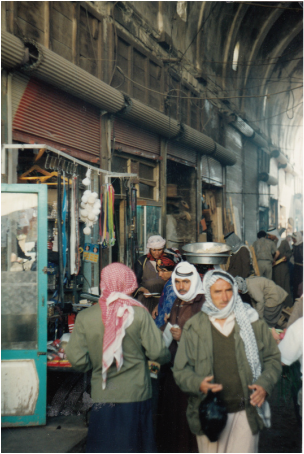
Syria was the third country in this part of the world that my wife and I visited and the first that we explored in any depth. Of the seven Middle Eastern countries that my wife and I have visited, we often say that Syria may be our favorite. I’m not an expert on either the Middle East or Syria, but I loved the country and its people, even as I disliked everything I heard and read about the dictator who ruled so ruthlessly.
I remember what a treasure chest that (mostly) desert land proved to be, with ancient and fascinating cities, magnificent archeological sites, and amazing vistas across dry wadis, wooded peaks, and thousand-year old desert caravansaries. I remember our introduction to rich and complex traditions built up over six thousand and more years. I remember the spell of the narrow streets, centuries-old buildings, and massive souks of Aleppo and Damascus, two of the oldest continuously occupied cities in the world.
Crossing the Syrian desert, my wife and I discovered the towering Crusader castle of Crac des Chevaliers; the elegant remains of the palace and city of Palmyra, where Queen Zenobia defied the Roman Empire; 5,000 year old Mari on the Euphrates and its ancient rival Ebla; Maaloula, the village where Aramaic is still spoken; and other sites from Syria’s history as a major crossroads of the ancient world. What a great opportunity, I thought, for travelers who don’t know this part of the world. What surprises and delights wait for them.
Sadly, no more – a least, not for a long time. All of these places have been caught up battles and looted.
I remember walking along narrow city alleys between age-old hammams, mosques, madrasahs, and aged mansions that leaned so far over the cobblestones that the overhanging wooden windows of their upper floors almost touched. I remember the ancient city walls and massive stone gates of Aleppo, the city’s twelfth century Great Mosque, and its honey-colored medieval Citadel. I also remember the giant photographs of the dictator staring down over the squares and streets of Damascus, even the legendary Street Called Straight.
Can battles really have destroyed the historic squares and ancient streets of Aleppo, the city designated in 2006 the Islamic Capital of Culture? Aleppo grew rich because it was at the end of the Silk Road. Its souks were the largest and most splendid in the world – the first malls. Even outside the city, nearby historic sites and villages were declared collectively by UNESCO as a World Heritage Site. Now, they reportedly are in ruins.
One day, before again exploring the maze of the great Aleppo souk, I sat in one of the open air cafes near the limestone citadel and watched the crowds surging in and out of the arched entrances to the vast souk. A group of boys were playing an energetic game of soccer in the citadel moat. “America!” cried one boy, when he saw us. “We love American people.” Since then, the souk, a UNESCO World Heritage Site, has burned to the ground, and the citadel has been badly damaged.
For years, I’ve delighted in the ancient, yet changing, beauty of the Middle East and have appreciated the generosity and warmth of the people in Syria, Turkey, Iran, and the other countries of the area. This is why a large part of my most recent book, DELPHINE, is set in the Middle East and why it’s especially heartbreaking to see these people suffering through such painful, violent times, as their world is wrenched between the forces of the dictator Assad, the Syrian groups trying to overthrow him, and now the Islamic State militants, as well.
It is impossible, of course, to know how this many-sided conflict will end, but I hope that this once beautiful country and its kind and generous people will emerge with dignity and hope intact and be able to rebuild their lives and traditions.
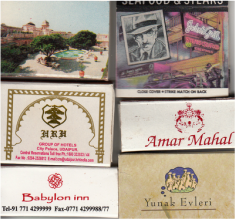
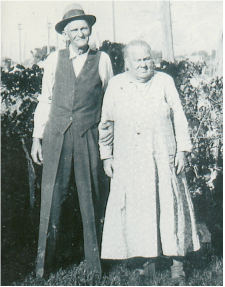
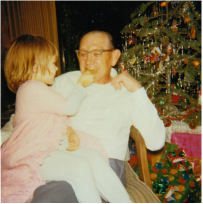
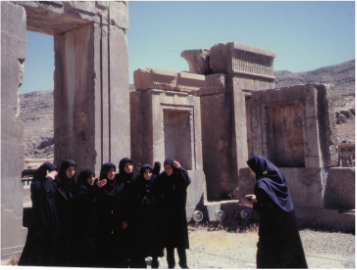
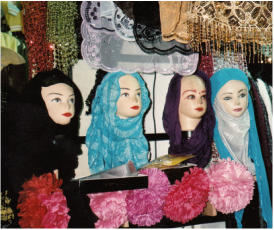
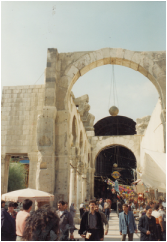
 RSS Feed
RSS Feed